
# 4688 - 2012 First-Class Forever Stamp - Bicycling: Commuter Riding Bicycle with Panniers
On February 11, 1878, the Boston Bicycle Club (BBiC) was founded. It was the first bicycle club in the US and it organized the first bicycle race in the country, among many other firsts. Bicycling first became popular in Boston around 1876. That year Alfred Chandler attended the Philadelphia Exposition and saw one of the new high-wheel bicycles that were already popular in England. He ordered one for himself and rode it around the streets of Boston. Other local businessmen took notice and ordered bicycles for themselves. Among those who did was Frank Weston. Weston is considered the Father of American Bicycling – he would play a large role in importing bikes and organizing groups and races. He also created the first bicycling magazine in the country, the American Bicycling Journal, in December 1877. On February 11, 1878, a group of 14 prominent Boston gentlemen met at Weston’s office to form the Boston Bicycle Club. They wrote a constitution, largely based on those of British clubs. New members would need to be nominated by an existing member and pay an entrance fee worth $2,000 today. The club had two main goals – to enjoy bicycling together and to promote the bicycle to the public. By that May, the group had 27 members and held regular rides together. At the time, not everyone could afford a bicycle, so many people came out to watch them ride. The club established their own uniform that included a helmet, jacket, vest, pants, and stockings. They also wore star shaped badges with the motto Pedibus Bicyclus Addidit Alas, meaning “The Bicycle Has Added Wings to the Feet.” They also had a set of bugle calls based on those of the US Cavalry. The BBiC also staged the first bicycle race in the country on May 24, 1878. A student from Harvard University won the race, completing the three-mile course in 12 minutes, 27 seconds. Within months of the BBiC’s founding, more clubs cropped up around Boston. Sometimes they worked together, such as when they founded the League of American Wheelmen. They also had conflicts, though – even members of the group had their squabbles. Some members sold bikes and the competition could get heated. On September 11, 1879, the BBiC along with other clubs held the first organized bicycle run in the US. In 1884, the BBiC got a larger headquarters and started hosting a Ladies Night. They also invited non-riding members. However, over time the non-riders far outnumbered the riders, and it became more of a social club. Over time, the BBiC would organize the first 100-mile road race, first tricycle race, and the first hill climbing contest. In the years to come, the bicycle craze slowed, and automobiles became the new trend. The BBiC carried on until the mid-1900s. Today there are about 2,400 bicycling clubs across the country. The League of American Wheelmen, which the BBiC helped found, still exists today as the League of American Bicyclists.America’s First Bicycle Club
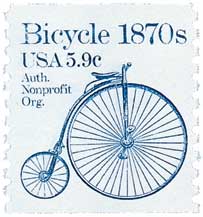
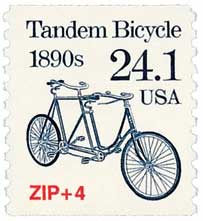
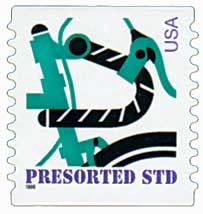
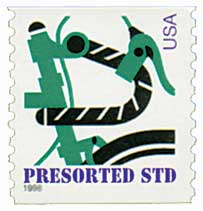
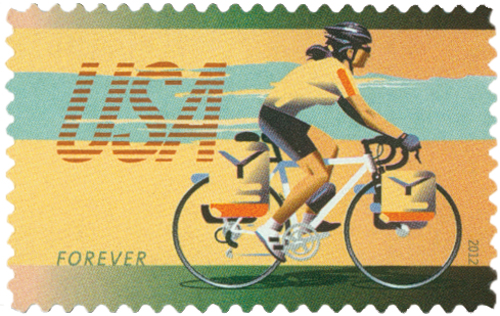
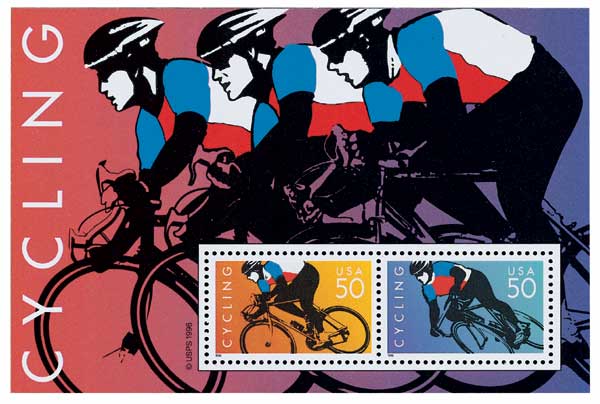
On February 11, 1878, the Boston Bicycle Club (BBiC) was founded. It was the first bicycle club in the US and it organized the first bicycle race in the country, among many other firsts. Bicycling first became popular in Boston around 1876. That year Alfred Chandler attended the Philadelphia Exposition and saw one of the new high-wheel bicycles that were already popular in England. He ordered one for himself and rode it around the streets of Boston. Other local businessmen took notice and ordered bicycles for themselves. Among those who did was Frank Weston. Weston is considered the Father of American Bicycling – he would play a large role in importing bikes and organizing groups and races. He also created the first bicycling magazine in the country, the American Bicycling Journal, in December 1877. On February 11, 1878, a group of 14 prominent Boston gentlemen met at Weston’s office to form the Boston Bicycle Club. They wrote a constitution, largely based on those of British clubs. New members would need to be nominated by an existing member and pay an entrance fee worth $2,000 today. The club had two main goals – to enjoy bicycling together and to promote the bicycle to the public. By that May, the group had 27 members and held regular rides together. At the time, not everyone could afford a bicycle, so many people came out to watch them ride. The club established their own uniform that included a helmet, jacket, vest, pants, and stockings. They also wore star shaped badges with the motto Pedibus Bicyclus Addidit Alas, meaning “The Bicycle Has Added Wings to the Feet.” They also had a set of bugle calls based on those of the US Cavalry. The BBiC also staged the first bicycle race in the country on May 24, 1878. A student from Harvard University won the race, completing the three-mile course in 12 minutes, 27 seconds. Within months of the BBiC’s founding, more clubs cropped up around Boston. Sometimes they worked together, such as when they founded the League of American Wheelmen. They also had conflicts, though – even members of the group had their squabbles. Some members sold bikes and the competition could get heated. On September 11, 1879, the BBiC along with other clubs held the first organized bicycle run in the US. In 1884, the BBiC got a larger headquarters and started hosting a Ladies Night. They also invited non-riding members. However, over time the non-riders far outnumbered the riders, and it became more of a social club. Over time, the BBiC would organize the first 100-mile road race, first tricycle race, and the first hill climbing contest. In the years to come, the bicycle craze slowed, and automobiles became the new trend. The BBiC carried on until the mid-1900s. Today there are about 2,400 bicycling clubs across the country. The League of American Wheelmen, which the BBiC helped found, still exists today as the League of American Bicyclists.America’s First Bicycle Club















